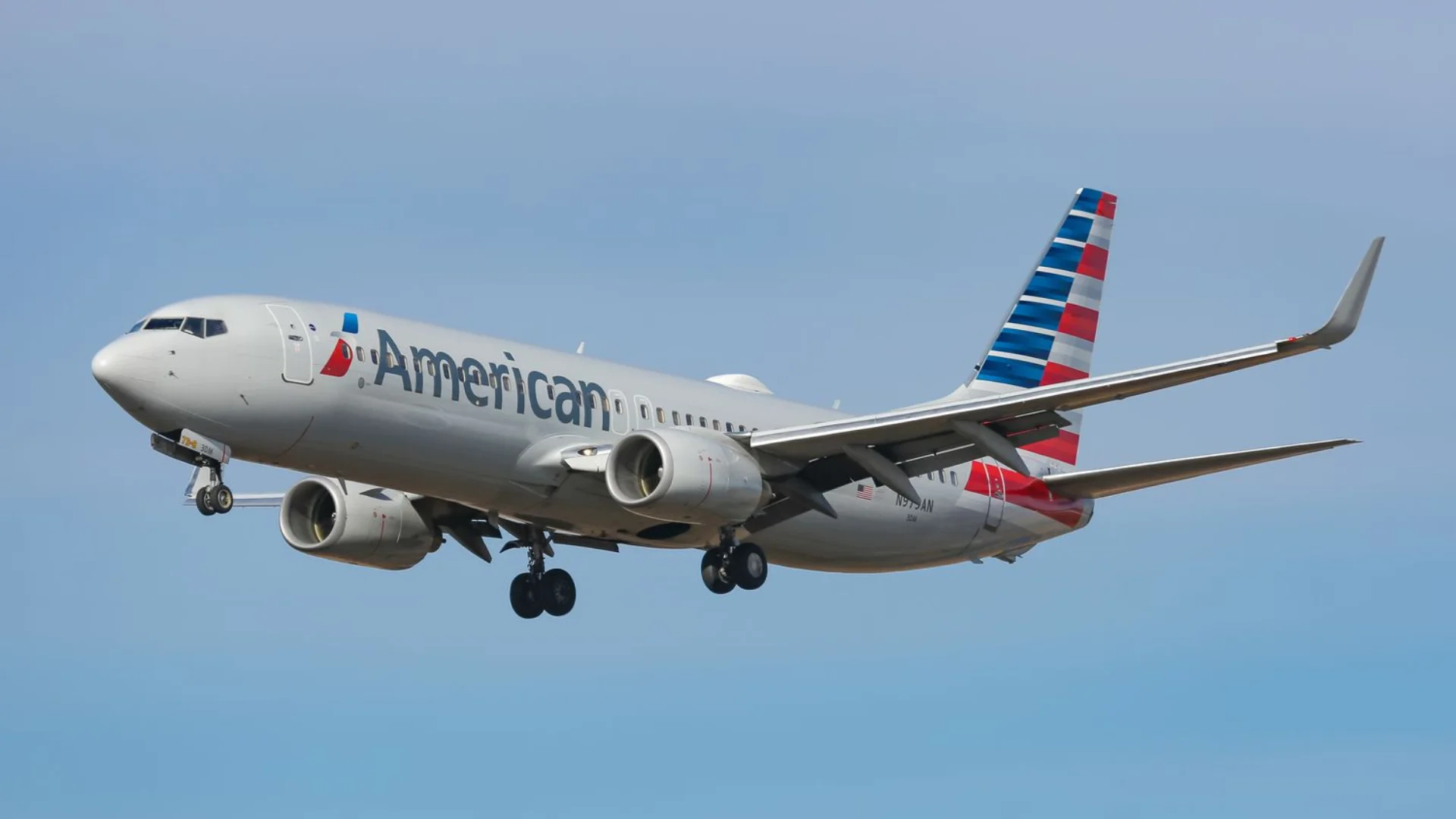The United States Air Force, known for its vast and advanced fleet of fighter jets, continues to utilize a variety of aircraft in its operations. Among these is the McDonnell Douglas F-15 Eagle, currently recognized as the largest fighter jet in service with the Air Force. Originally designed by McDonnell Douglas and now part of Boeing's defense business, the F-15 Eagle was selected by the Air Force in 1969 to replace earlier interceptors.
"The McDonnell Douglas F-15 Eagle is a twin-engine, all-weather air superiority fighter jet that was selected by the United States Air Force in 1969," according to official sources. The aircraft first flew in July 1972 and entered service in 1976. It has an impressive combat record with over 100 aerial victories and no losses in air-to-air combat, largely credited to its use by the Israeli Air Force.
Initially designed for air superiority missions, modifications led to the development of the F-15E Strike Eagle variant with enhanced ground-attack capabilities. This variant entered service in 1989 and has been exported globally. As newer stealth fighters like the F-22 Raptor have emerged, some older F-15s are being retired, but the Air Force remains committed to this aircraft family.
 Alerts Sign-up
Alerts Sign-up







